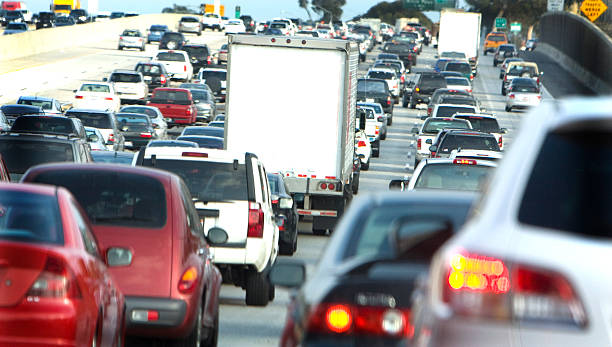
For the majority of the automobile’s initial century of existence, efforts were made to enhance its safety. In the 1920s, the alarming frequency of vehicle crashes led to gruesome accident photos becoming a regular feature in newspaper coverage. By 2010, owing to improved road and vehicle design, the introduction of seatbelts, and increased awareness of drunk driving, among other factors, the fatality rate from crashes had plummeted by almost 90% from its 1920s level.
However, progress took a downturn about a decade ago, particularly in the United States. Despite a continued decline in vehicle deaths in most countries, the U.S. experienced a rise in such fatalities. To put it starkly, if the U.S. had matched the progress in reducing vehicle crashes achieved by other high-income countries over the past two decades, approximately 25,000 fewer Americans would die annually.
Several potential explanations for this trend don’t seem to align with the data. While cars in the U.S. are sizable, their size has only marginally increased since the early 2000s. Instances of drunk driving haven’t become more prevalent, and roads haven’t become more perilous. However, there has been a significant shift in driver behavior — the widespread use of smartphones.

The ubiquity of smartphones, introduced rapidly and coinciding with the escalation of pedestrian deaths, appears to be a crucial factor. Although smartphones have become prevalent globally, American drivers exhibit a unique addiction to their phones compared to drivers in other countries. Surveys indicate that Americans spend more time on their phones while driving, possibly reflecting the cultural emphasis on professional success and immediate gratification.
Smartphone addiction may also be influenced by vehicle technology, with nearly all U.S. cars being automatic transmission, allowing drivers (or so they believe) to use phones more freely. In contrast, in Europe, almost 75% of cars still require manual gear changes.
Matt Fiorentino, a vice president at Cambridge Mobile Telematics, which monitors dangerous driving, states, “The adoption of smartphones for the past 15 years — where we are today, being addicted to social media and other apps — absolutely contributes to the increase in fatalities on our roads.”
While smartphones are a likely contributor, other factors such as the legalization of marijuana, the surge in opioid addiction, and the population growth in the Sun Belt, where road infrastructure may be lacking, could also play a role. Some solutions, such as building safe sidewalks and using traffic cameras to identify and penalize texting drivers, exist but have not been widely adopted by state and local governments.
Rather than pursuing these solutions, the U.S. seems to accept a vehicle death rate that is significantly higher than that of comparable countries. Recent incidents underscore the human toll of this acceptance, with individuals losing their lives in tragic accidents across the country. Addressing these issues may require a more concerted effort and the adoption of proven solutions.
